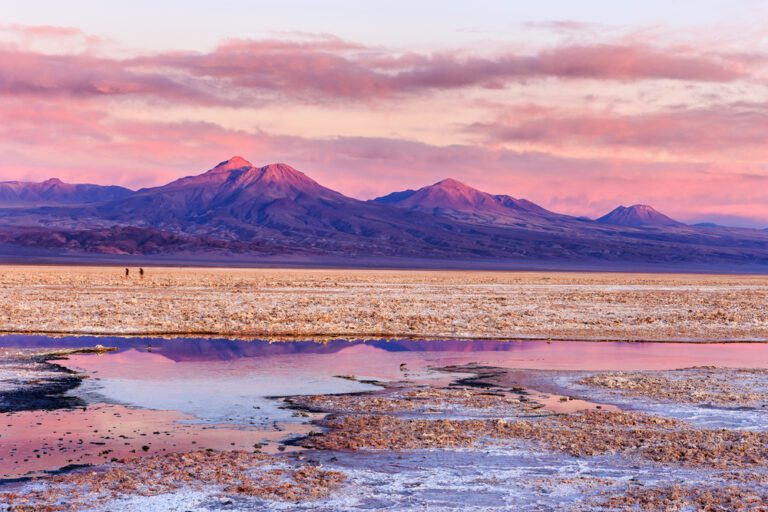How Cuba will change, and is changing, with the loosening of Fidel Castro’s grip and a new openness towards the island from its giant American neighbour, is a source of great interest and anxiety to residents and returning visitors alike. I have been to Cuba before, to Havana and the centre of the island. Now I’m back to explore its eastern provinces, the coasts and coves largely unknown to the outside world and the mountains I’ve heard tales about, where the revolution first took hold. I am excited, but wary. On my first sweet, humid night on the island I take a stroll around Parque de las Flores, a dimly lit square in the city of Holguin in the south-east. Four young musicians in stetsons who have finished their set in a bar stand smoking on a corner, cowboy silhouettes with guitars slung over their shoulders.

The benches are lined with people talking and flirting. Dancing and flirting are just about the only things everyone in Cuba can afford, and they are both immensely popular. The next morning I am driven by my new friend and guide, Henry Garmendia, through bright sheaves of different greens, past palms, banana trees and pasture to Villa Maguana, a beach hotel in Guantanamo province Cuba’s east, the historical region of Oriente – now divided into the districts of Holguin, Guantanamo, Santiago, Granma and Las Tunas – through which I will travel, has changed little since the revolution. I pass horse-drawn carts and farmers working with simple tools in an area of poverty and low expectations, but also of solidarity and strong family ties.
That night I am collected from my beach-front hotel by Victor, a tall kindly man who ferries me on his motorbike to his home, half-a-mile away through the hot and moonless night, where he entertains visitors with home-cooked meak Victor’s family makes food and watches TV in the kitchen. Pigs grunt outside. Out comes a feast of banana chips, grilled dorade and fresh lobster, accompanied by rum and passion fruit. It feels good to be here, so well looked after and welcome, somewhere so far from home and yet wonderfully familial. Under heavy morning skies I hike in Alejandro de Humboldt National Park. Forested hills reveal Cuban parrots, royal palms and mariposa flowers, which girls wear in their hair, and are said to have been used to smuggle messages rolled up tight in the stem during the revolution.












